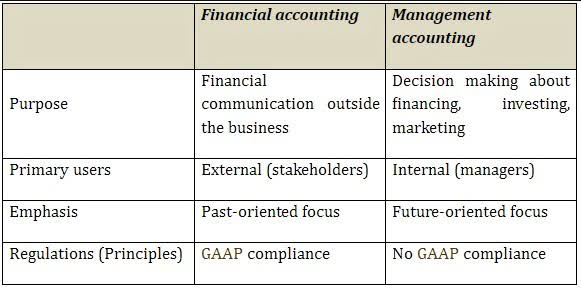
TAG Samurai‘s application, backed by RFID and QR Code technology, enables real-time tracking and auditing. Know where your assets are, and their condition, accounting and have the power to manage them accurately. Our team of experts is here to provide you personalized support every step of the way. For the past 52 years, Harold Averkamp (CPA, MBA) hasworked as an accounting supervisor, manager, consultant, university instructor, and innovator in teaching accounting online.
Automated Debt Collection
Maintaining positive customer relationships while enforcing credit policies and collecting payments on time requires a delicate balance. Strained relationships can impact future business opportunities, while leniency may lead to delayed payments. Offering credit to customers introduces the risk of late payments or non-payment, contributing to bad debt. Managing credit risk effectively requires a balance between attracting customers and mitigating the potential financial impact of uncollectible receivables.
Financial Reporting
The operating cycle is the average period of time required for a business to make an initial outlay of cash to produce goods, sell the goods, and receive cash from customers in exchange for the goods. This is useful for estimating the amount of working capital that a company will need in order to maintain or grow its business. Operation Cycle is the name of the evacuation of Allied troops from Le Havre, in the Pays de Caux of Upper Normandy from 10 to 13 June 1940, towards the end of the Battle of France, during the Second World War.
Operation Cycle

A shorter cycle indicates that a company is able to recover its inventory investment quickly and possesses enough cash operation cycle to meet obligations. During challenging economic periods, businesses may face increased difficulty in collecting receivables and may experience a slowdown in the overall operating cycle. Businesses operating in a global context face additional challenges related to geopolitical events, natural disasters, or disruptions in the supply chain. These external factors can impact the availability of raw materials and components, affecting the overall efficiency of the operating cycle.

This adjustment gives a clearer view of cash flow efficiency and working capital management, showing the net duration for converting operational investments into cash. The operating cycle is a financial metric that measures the time it takes for a company to convert its investments in inventory and accounts receivable into cash. Essentially, it is the duration between the acquisition of inventory and the collection of cash from customers after selling the inventory. An increased operating cycle can result from slower inventory turnover, longer times to collect payments from customers, or delays in paying suppliers.
Customer Relationship Management
- Looking to streamline your business financial modeling process with a prebuilt customizable template?
- In this example, ABC Electronics has an operating cycle of 195.5 days, indicating the average time it takes to convert raw materials into cash through sales and the subsequent collection of payment.
- Businesses operating in a global context face additional challenges related to geopolitical events, natural disasters, or disruptions in the supply chain.
- To reduce your DSO, focus on efficient accounts receivable practices, including clear credit policies, prompt invoicing, automated reminders, regular reconciliation, and offering early payment incentives.
- This metric provides insights into the efficiency of ABC Electronics’ operational and financial processes.
Regularly reviewing and updating your tools can ensure that you have the most current solutions to support your financial management efforts. On 9 June, German tanks entered Rouen on the Seine, cutting off the IX Corps from the X Corps to the east and from the Seine to the south. The French and British commanders in the pocket decided to make for Le Havre and Fortune detached Arkforce, the equivalent of two brigades, to guard the routes back to the port. Now that you have a solid understanding of the operating cycle and how to calculate it, let’s explore practical strategies that can help you optimize and enhance the efficiency of your operating cycle. These strategies are fundamental for businesses looking to improve their cash flow, reduce working capital requirements, and ultimately boost profitability.

Understanding how to calculate your operating cycle is essential for monitoring and improving your financial performance. The operating cycle formula provides you with valuable insights into the efficiency of your cash conversion process. We’ll explore the formula and its basic concepts, as well as provide practical examples to help you grasp this critical aspect of your business. The Net operating cycle, also known as the cash conversion cycle, takes into account both the time required to convert assets into cash and the time taken to pay suppliers.

Our comprehensive suite includes Collections Management, Cash Application, Deductions Management, Electronic Invoicing, Credit Cloud, and dotOne Analytics, enhancing the efficiency of your team and optimizing workflows. Achieve lower DSO, improved working capital, and enhanced productivity with our AI-powered accounts receivable platform that seamlessly integrates with modern ERPs. Effective its management contributes to the overall viability and sustainability of a business. It ensures that the company remains adaptable to changing market conditions and resilient in the face of economic uncertainties.
Therefore it is also valid to set the pendingDTC bit to zero at the beginning of the next operation cycle. Transformation of raw materials into finished goods through manufacturing processes. Optimization of production efficiency to meet market demands and maintain quality standards. Initiation of the cycle Accounting Security involves sourcing essential raw materials required for production.

